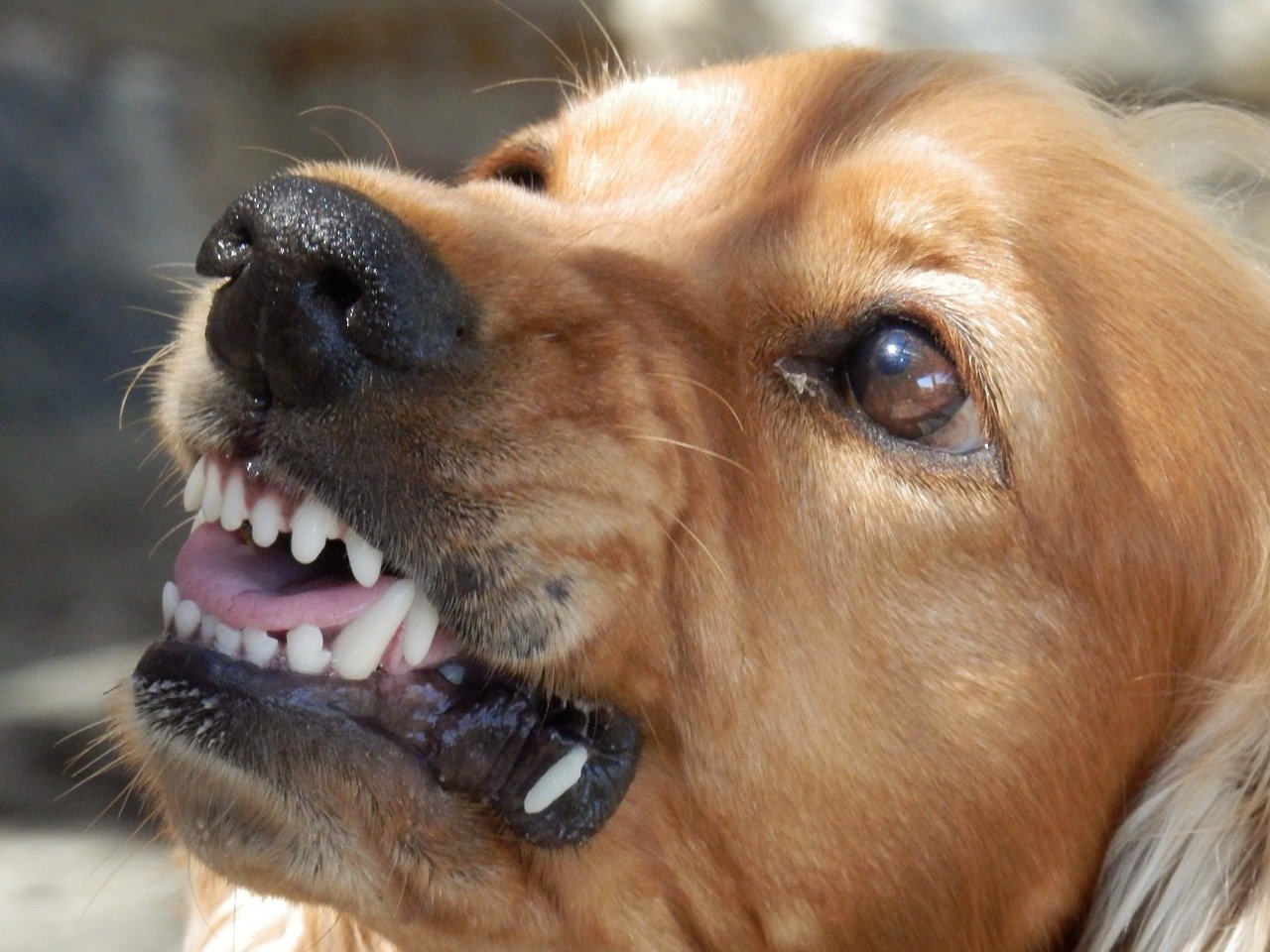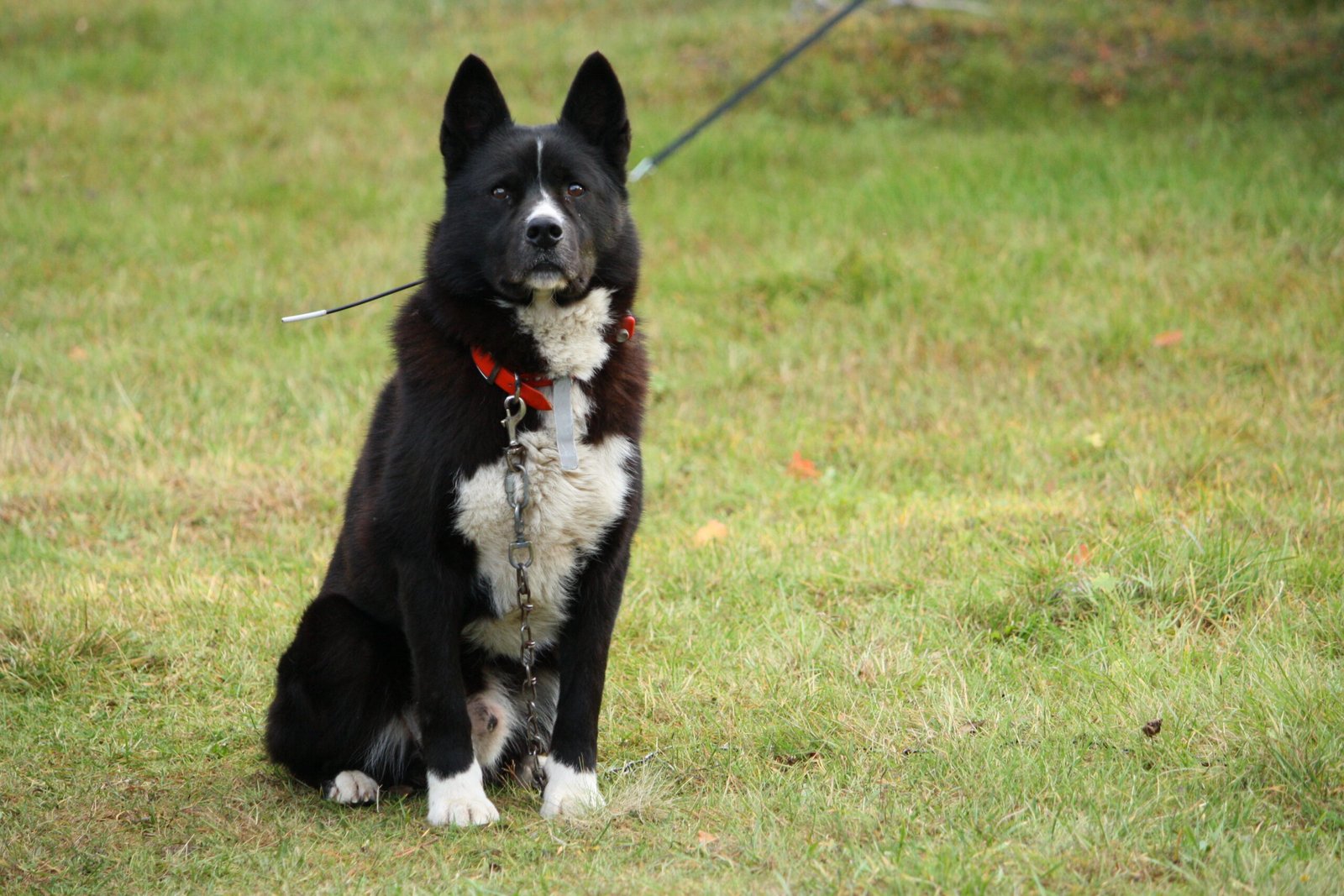There’s a unique bond between humans and dogs, an age-old companionship that’s filled with wagging tails and joyful barks. However, sometimes this beautiful relationship can hit a rough patch, especially if a dog becomes aggressive. Recognizing the signs that a dog is about to bite can not only prevent injury but also helps in maintaining a peaceful environment. Understanding these signals is crucial for every dog lover, as it can enable them to take precautionary measures before things escalate.
Baring of Teeth

One of the most obvious signs that a dog might be about to bite is when they bare their teeth. It’s akin to humans clenching their fists in anger. When a dog curls its lips back and shows its teeth, it’s a clear indication that they’re feeling threatened or upset. This behavior is their way of saying, “Back off!” It’s important to remember that a dog doesn’t desire confrontation; rather, they’re protecting themselves from perceived threats. Approaching a dog showing its teeth requires caution and sensitivity, as any sudden movements can provoke an unwanted reaction.
Growling and Snarling

Growling is a dog’s way of communicating discomfort or fear. Think of it as a verbal warning sign, a precursor that something isn’t quite right. Just as humans might raise their voices when they’re upset, dogs use growling to express their emotions. It’s crucial to pay attention if a dog begins to growl, especially if it’s accompanied by snarling. This sound is an escalation and indicates a heightened level of aggression. Ignoring this warning can lead to a dangerous situation, so it’s best to give the dog some space and try to understand what’s causing their distress.
Stiff Body Posture

Dogs speak volumes through their body language. A stiff, rigid posture is a red flag that a dog might be ready to bite. When a dog becomes tense, it’s a sign that they’re on high alert. This behavior can be compared to a spring being wound tightly, ready to release. Observing a dog’s posture can provide insights into their emotional state. If a dog stands still with a rigid body, it’s essential to approach them calmly, if at all, and avoid making direct eye contact, which can be perceived as a challenge.
Direct Stare

A dog’s eyes are incredibly expressive, often revealing their intentions. When a dog maintains a direct, unwavering stare, it’s often a sign of dominance or aggression. This behavior can be intimidating and is usually a precursor to a bite. Unlike the loving gaze of a pet seeking affection, a direct stare is more intense and focused. It’s a warning that the dog feels threatened and may act defensively. In such situations, breaking the gaze and avoiding direct eye contact can help diffuse the tension.
Raised Hackles
Raised hackles, or the hair standing up on a dog’s back, is a physiological response to stress or fear. It’s similar to how humans might get goosebumps when they’re scared. This reaction is involuntary and serves as a visual cue that the dog is feeling uneasy or threatened. While not every dog with raised hackles will bite, it’s a clear indication that they’re experiencing heightened emotions. Observing this sign is crucial, as it provides an opportunity to assess the situation and remove any potential threats to the dog.
Excessive Barking
Barking is a natural form of communication for dogs. However, excessive barking, especially when combined with other signs of aggression, can indicate that a dog is on the verge of biting. This behavior is often a way for dogs to assert dominance or express fear. When a dog barks incessantly, it might be trying to warn others to stay away. Understanding the context and environment in which the barking occurs can provide clues about the dog’s emotional state and help in taking appropriate action.
Avoidance Behavior

Interestingly, sometimes the absence of aggression can signal that a dog is about to bite. Avoidance behavior, such as turning their head away, yawning, or licking their lips, can indicate discomfort. These subtle cues are often overlooked, but they can be precursors to more aggressive actions. It’s as if the dog is trying to communicate their desire to avoid confrontation. Recognizing these signs and respecting the dog’s boundaries can prevent escalation and ensure a safer interaction.
Understanding these signs is essential for anyone who interacts with dogs regularly. By recognizing these behaviors, we can prevent potential bites and foster a more harmonious relationship with our canine companions.

Esther is from India; the heartbeat of South Asia, holding a Master’s degree in Zoology and a postgraduate diploma in Animal Welfare. Her enthusiasm for animal welfare drives her passion and dedication to working for animals, ensuring their well-being, and advocating for their rights. With a solid academic background and hands-on experience, she is committed to making a positive impact in the field of animal welfare. In her free time, she enjoys embroidery and sewing. As a Chennaite from Tamil Nadu, Esther loves Bharathanatyam, an Indian classical dance form.





